The rare white ghost of the Mediterranean forest
Ángel Hidalgo, an amateur photographer with a passion for nature, discovered the extraordinary images while checking one of his motion-triggered cameras deep in the mountains of Jaén, in southern Spain. The discovery, made on October 22, 2023, has been hailed as a landmark event in the history of European wildlife conservation.
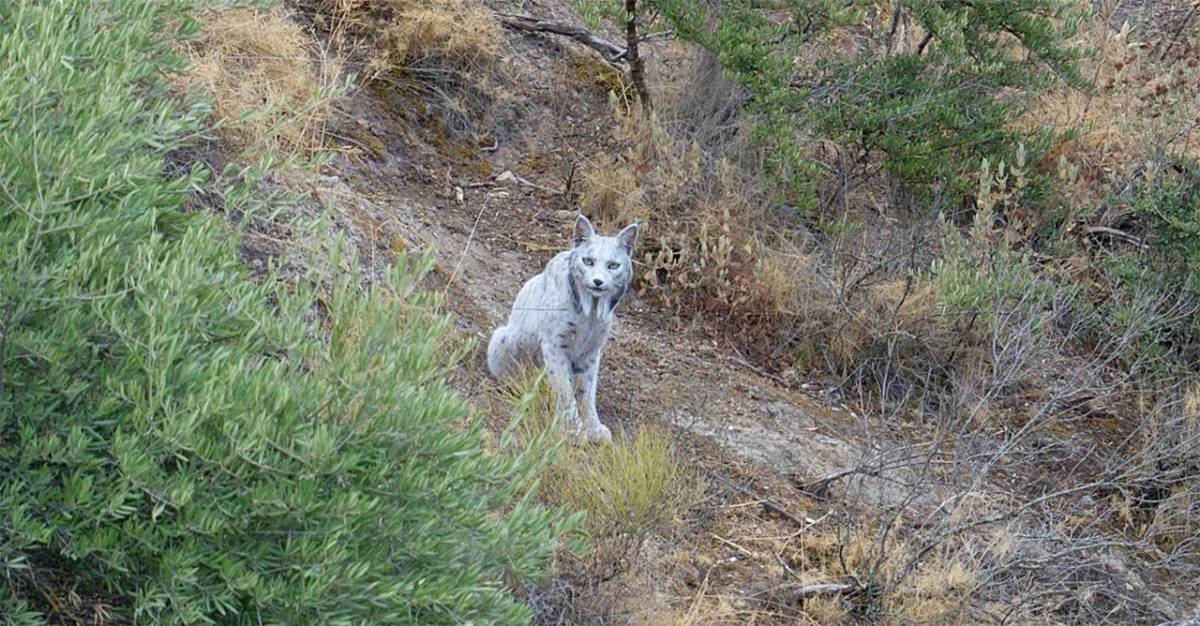
The animal, identified as an Iberian lynx (Lynx pardinus), exhibits leucism—a rare genetic condition that results in a partial or complete lack of pigmentation in fur and skin. Unlike albinism, which also affects eye color, leucistic animals retain their natural eye pigmentation, giving this feline its striking contrast of snow-white fur and piercing gaze. Hidalgo’s find has been described by local media outlet Ahora Jaén as “the white ghost of the Mediterranean forest,” an image that perfectly encapsulates both the rarity and the beauty of this genetic wonder.
A genetic rarity that tells a story of recovery
Leucism in wild animals is rare, but for an Iberian lynx—a species once teetering on the brink of extinction—it’s nearly miraculous. The white lynx, which shows no sign of captivity or tracking collars, is believed to be fully wild. This indicates that the species has reached a point of stability where genetic diversity and natural mutations can reappear within the wild population.

Experts suggest that this anomaly is a sign of healthy population growth, as genetic variations are more likely to surface in stable or growing species. The discovery also serves as a testament to the decades-long efforts of Spanish and Portuguese conservationists who have worked tirelessly to restore the Iberian lynx’s population. Once considered the world’s most endangered feline, the species now thrives across large parts of the Iberian Peninsula thanks to successful reintroduction and habitat protection programs.
Conservation success after years of decline
In the early 2000s, the Iberian lynx faced imminent extinction, with fewer than 100 individuals remaining in the wild. The species’ survival hinged on ambitious conservation projects launched in Spain and Portugal. Through captive breeding, controlled releases, and habitat restoration, the Lynx pardinus population began to rebound.
According to Spain’s Ministry of Ecological Transition, the Iberian lynx population surpassed 2,000 individuals in 2023. These cats now roam freely across regions such as Sierra Morena, the Montes de Toledo, the Guadiana basin, Doñana National Park, and even the Sierra Palentina—areas where their presence was unthinkable just a decade ago. The increasing sightings of wild-born lynxes, including this leucistic individual, demonstrate how far the conservation programs have come.
An icon of the Iberian ecosystem
The Iberian lynx plays a crucial role in maintaining the balance of Mediterranean ecosystems. As a top predator, it primarily feeds on wild rabbits, controlling their populations and preventing overgrazing. If the lynx were to vanish again, the absence of this predator would disrupt the entire food chain, leading to ecological imbalance and habitat degradation.
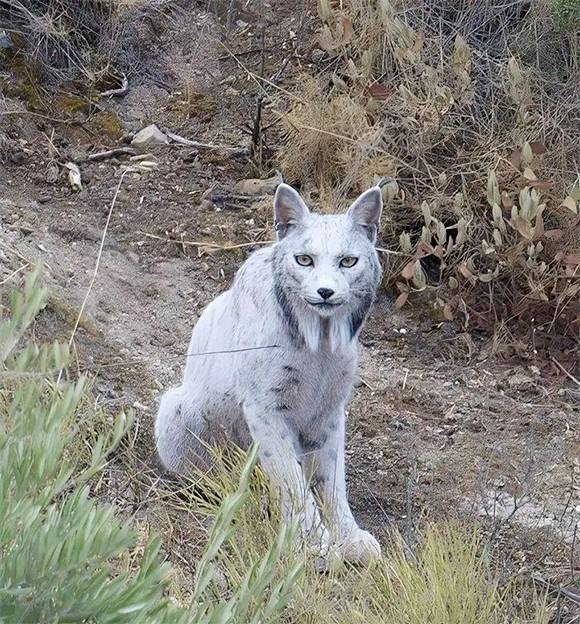
Endemic to the Iberian Peninsula, the lynx has become both a symbol of national pride and a flagship species for conservation success in Europe. Its recovery has encouraged similar reintroduction efforts for other endangered species, demonstrating that coordinated environmental action can reverse even the most dire ecological declines.
Protecting a bright future for the white lynx
While the white Iberian lynx represents hope, it also reminds conservationists that their work is not done. The species remains classified as “vulnerable” by the International Union for Conservation of Nature (IUCN), meaning that continued protection and monitoring are essential. Habitat fragmentation, road mortality, and disease among rabbit populations still pose significant threats.
To safeguard the lynx’s future, Spain and Portugal continue to expand protected areas, enhance genetic diversity through reintroduction, and strengthen collaboration between scientific institutions and local communities. The sighting of the white lynx serves as both a celebration of success and a call to maintain conservation momentum.
For photographer Ángel Hidalgo, the encounter is a once-in-a-lifetime experience—a moment that symbolizes the beauty of resilience and the extraordinary results of human dedication to preserving nature.




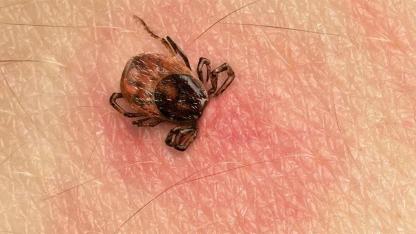

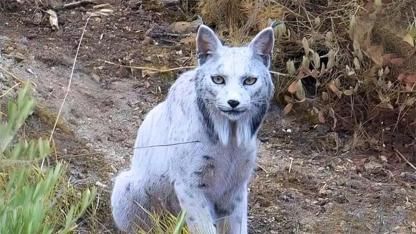
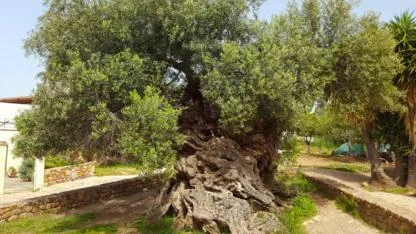

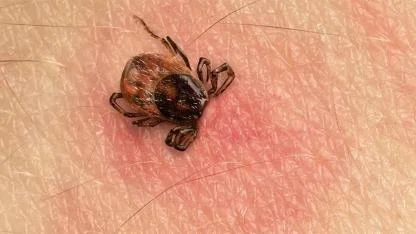


Yorumlar
Kalan Karakter: